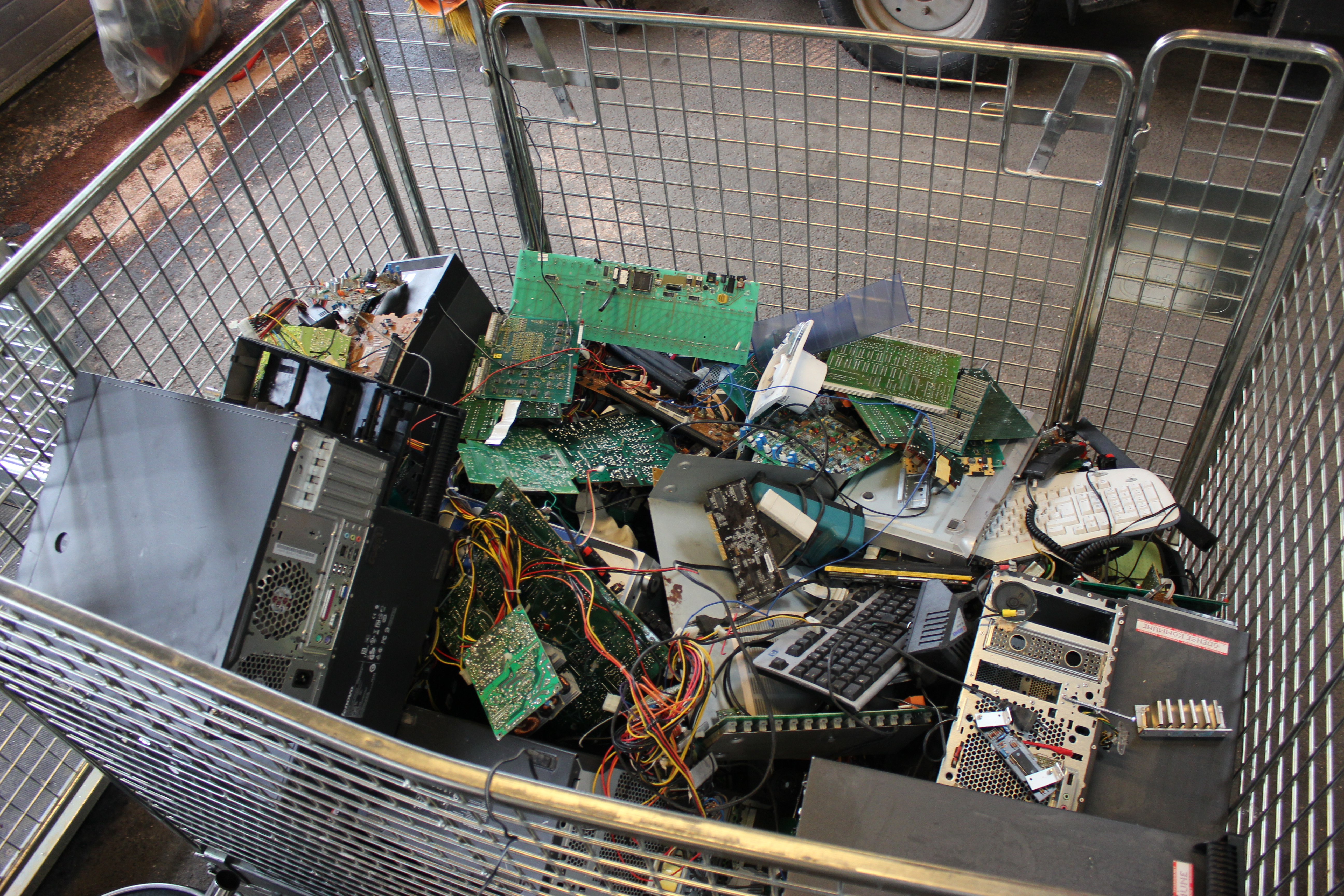
One ton of gold is thrown out every year
Every year, Danes scrap 81.000 tons of electronic equipment. For the first time, researchers from SDU have charted our electronic waste.
Old iPads, vacuum cleaners and televisions. Every year, Danes discard 81.000 tons of electronics. Between 1990 and 2015, our electronic waste has increased from 45.000 to 81.000 tons. This has been shown by a survey of our electronic waste carried out by researchers at SDU.
- Our consumption of electronic equipment has increased, and so has the amount of waste. On a global scale, 50 million tons are scrapped every year. That is the equivalent of around 5000 Eiffel Towers, says PhD student Keshav Parajuly from SDU Life Cycle Engineering.
For the first time, researchers have charted our electronic detritus. They have examined sales data from 61 household products, which corresponds to around 80 percent of the total amount of electronic equipment in our homes.
Electronic scrap is a booming business
Technology has undergone rapid development, and at least 27 different electrical products are to be found in every ordinary Danish home. And what goes in must at some point come out again. Annual every Dane dumps an average of nearly 13 kilograms of electronic waste at the recycling centre.
And many businesses have discovered that there is a lucrative business to be found in recycling electronic scrap. Discarded electronics are hiding a great treasure. In the 81.000 tons of electronics we scrap each year, there is one ton of gold, just over three tons of silver and four tons of copper.
- When we estimate the value of the total amount of metals and plastic contained in electronic scrap, our calculations show that the value of Danish electronic scrap has increased from 69 million Euro in 1990 to 122 million in 2015. Gold and plastic are the two most important resources which comprise more than half of the total value, says Keshav Parajuly.
Large amounts of plastic and rare metals going to waste
However, Keshav Parajuly points out that while technological development in many other areas has taken quantum leaps, development of new recycling technology has lagged behind. Although Danes meet EU targets and are good at taking our discarded electronic equipment to the recycling centre, we cannot be sure that our discarded products are being responsibly recycled.
- Environmental businesses that separate electronic scrap typically use magnets to capture iron. Other techniques are used to find the most valuable metals like gold and silver, but a lack of development in the technology means that a large amount of plastic and rare metals are going to waste, explains Keshav Parajuly.
A myriad of different metals
In addition, it has become more difficult to separate the different metals in the electronic devices. In 1960 a circuit board, which is the brain of an electronic device, consisted of 11 different metals. In 2013 the board contains 60 different metals.
Although manufacturers have a responsibility to design electronic products so that the different metals and parts are easy to separate in the recycling process, in Keshav Parajuly's experience it is becoming even more difficult to separate not just plastic from metal, but also the different metal connections.
- Many of the metals and composites in an iPad are difficult to separate and recycle. The process can be compared to baking a cake. All of the ingredients are mixed in a certain order. If you then try to separate the cake into all its original ingredients again, it's an impossible task. In the same way, it's nearly impossible to separate metal connections, says Keshav Parajuly.